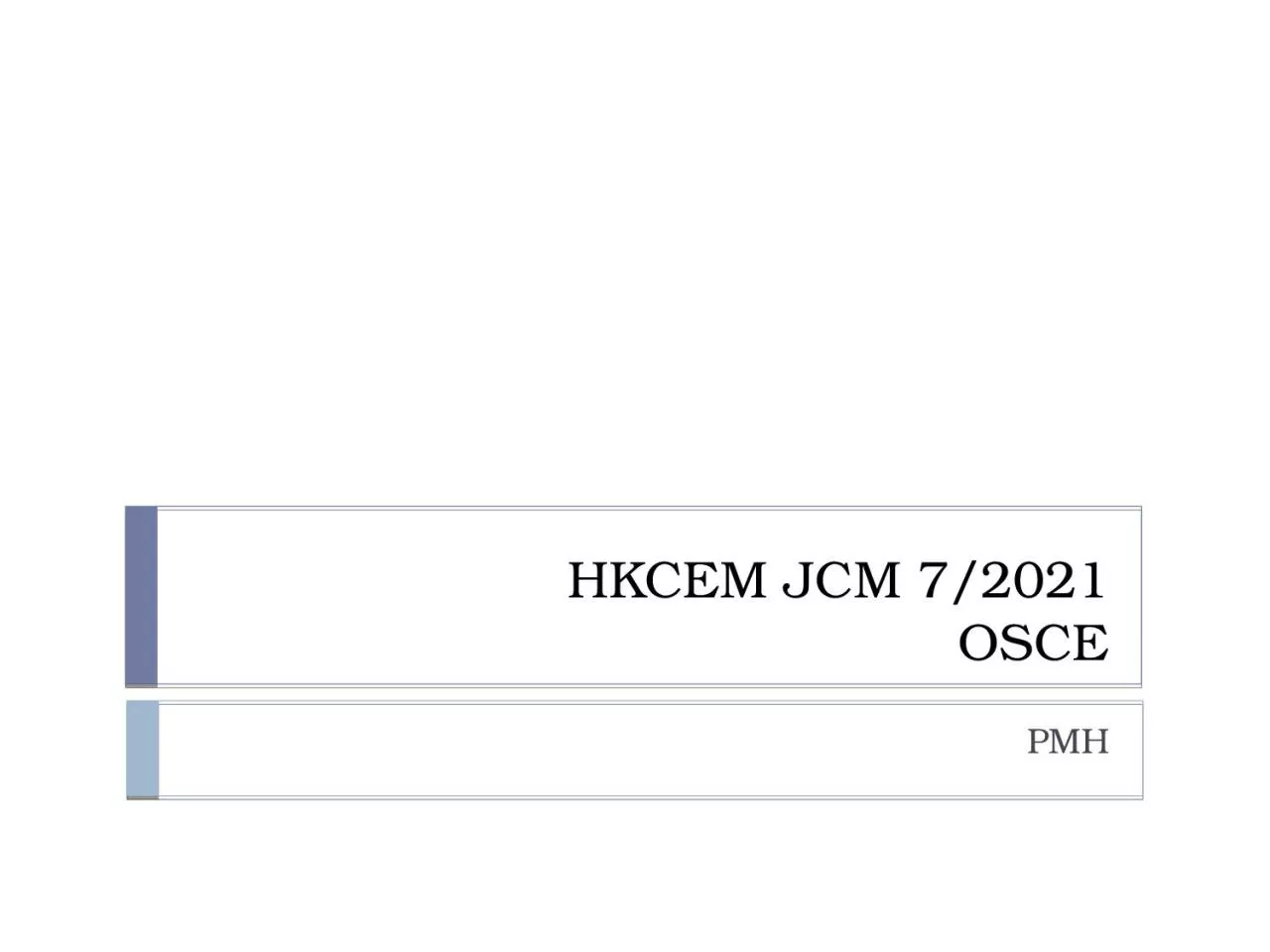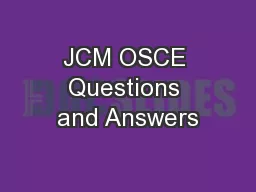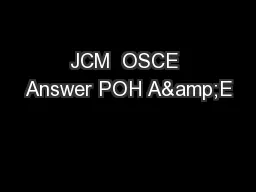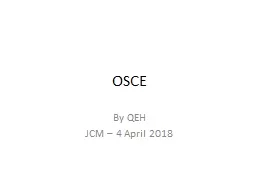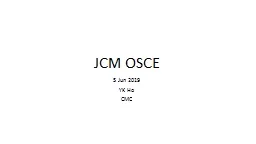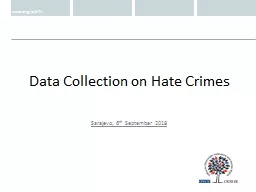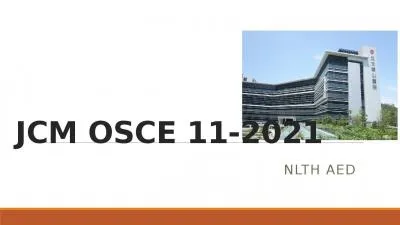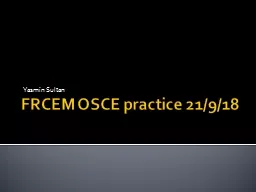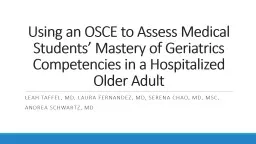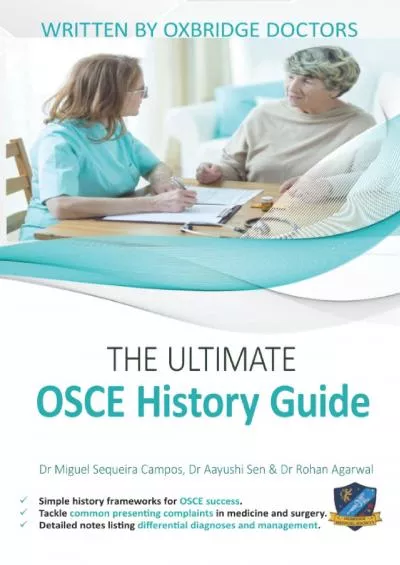PPT-HKCEM JCM 7/2021 OSCE PMH
Author : blanko | Published Date : 2024-03-13
Case 1 A 28yearold man manual worker with good past health Presented with intermittent palpitation for 2 to 3 days Vitals at triage Temp 365 o C BP 10786 mmHg HR
Presentation Embed Code
Download Presentation
Download Presentation The PPT/PDF document "HKCEM JCM 7/2021 OSCE PMH" is the property of its rightful owner. Permission is granted to download and print the materials on this website for personal, non-commercial use only, and to display it on your personal computer provided you do not modify the materials and that you retain all copyright notices contained in the materials. By downloading content from our website, you accept the terms of this agreement.
HKCEM JCM 7/2021 OSCE PMH: Transcript
Download Rules Of Document
"HKCEM JCM 7/2021 OSCE PMH"The content belongs to its owner. You may download and print it for personal use, without modification, and keep all copyright notices. By downloading, you agree to these terms.
Related Documents

